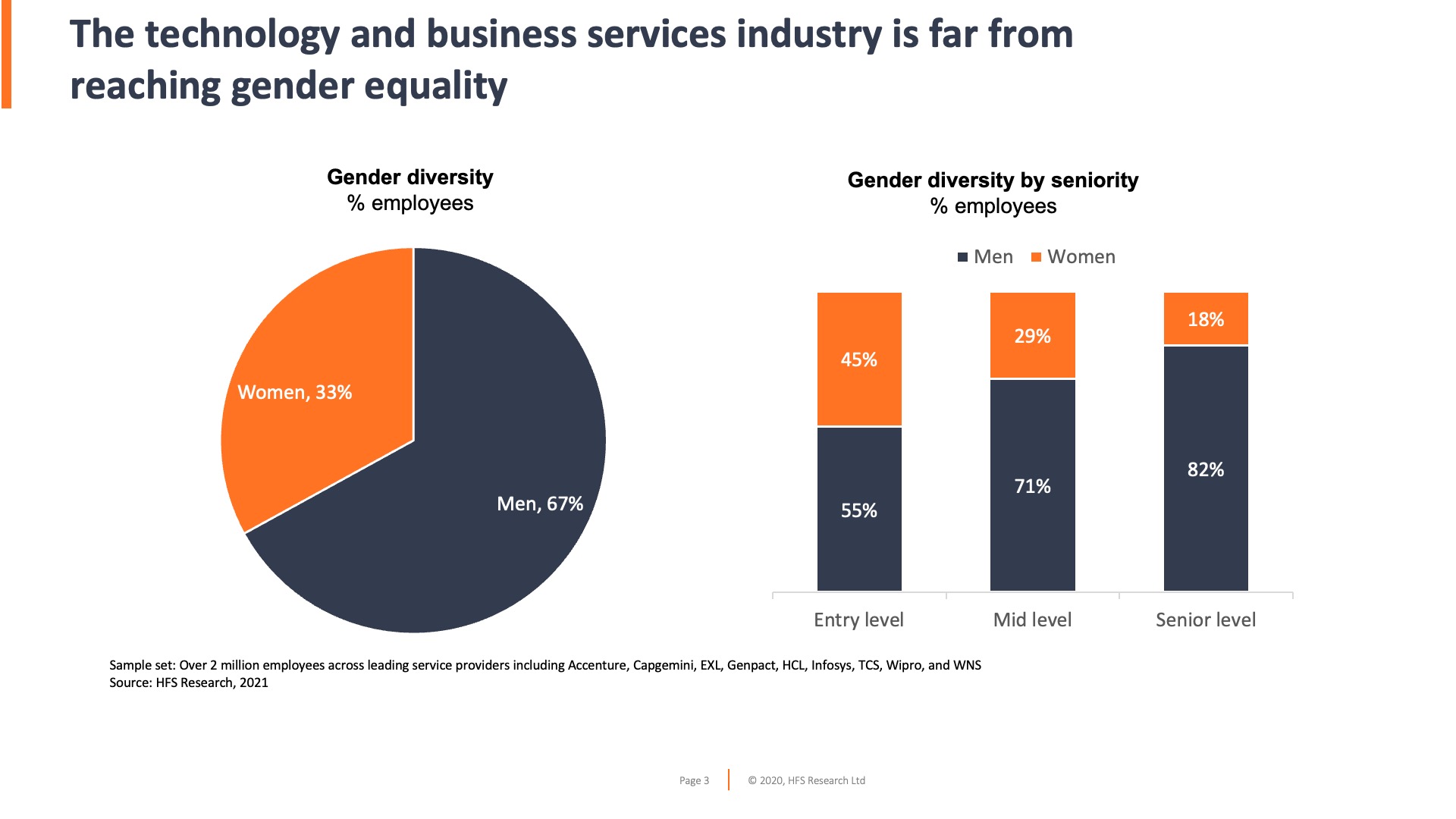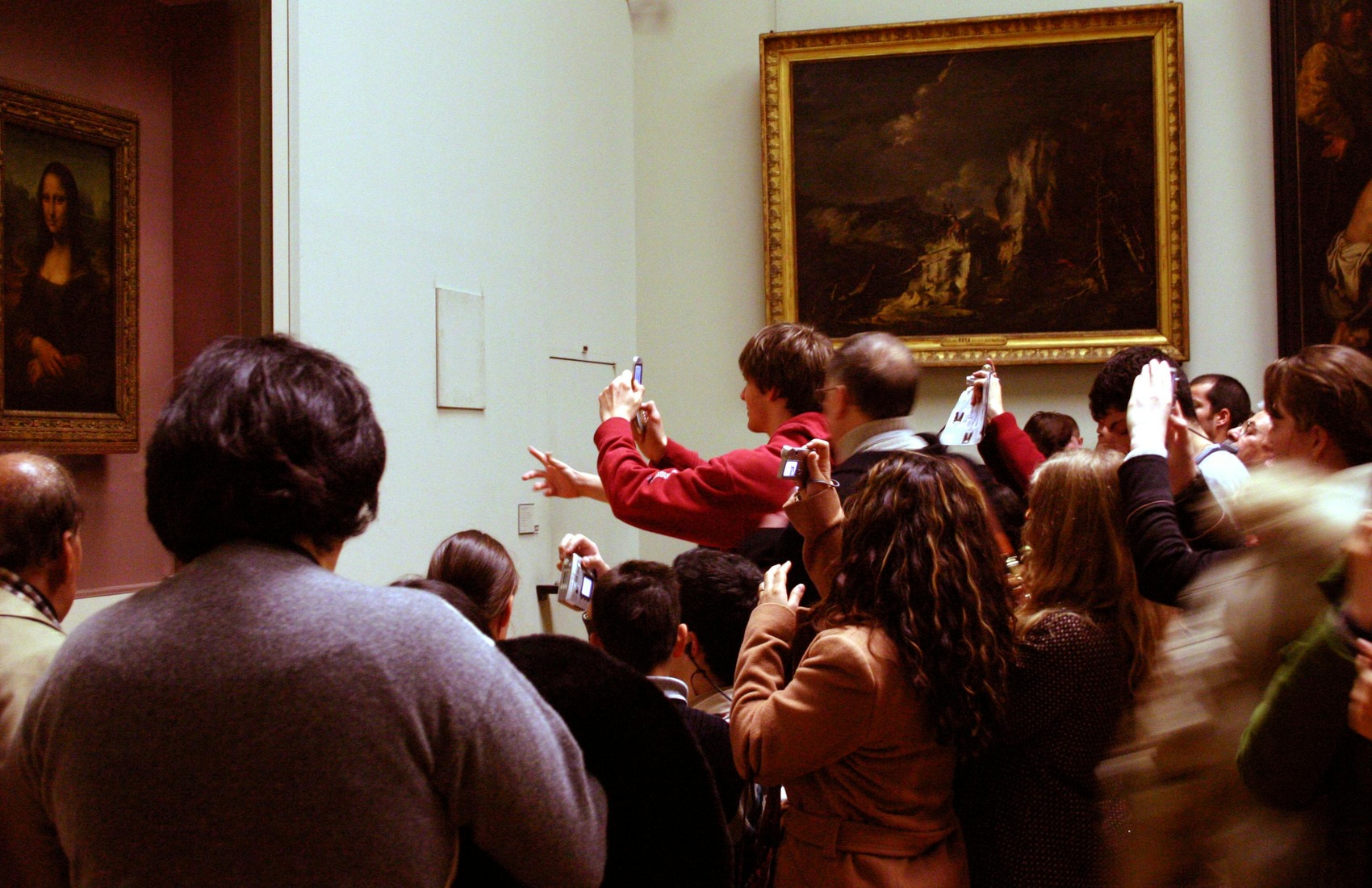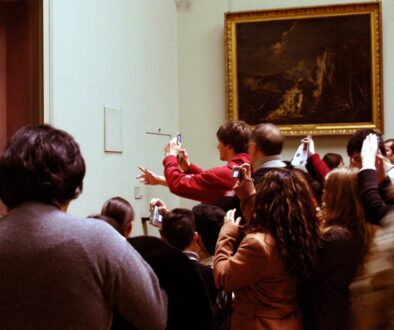Five key elements that set good pitches apart
May 15, 2025 | 6 min read

You know that feeling when a pitch just clicks?
The room leans in. Heads nod. Questions flow – not because they are confused, but because they are curious.
That kind of pitch is rare. But unforgettable.
Most of us have sat through the opposite – slide after slide of stats, buzzwords, and big claims that somehow say… nothing.
And when the lights come back on, the only thing you remember is how fast you checked your phone.
I have been on both sides of the table – creating decks, reviewing pitches, and helping teams sharpen their story. And over time, I have noticed a pattern:
Great pitches are not louder. They are clearer. More intentional. More human.
In this post, I am sharing the five elements I have seen consistently in winning pitches. Not gimmicks. Not templates. Just practical shifts that can turn a deck from “okay” to “nailed it.”
Let us break them down, one by one.
See which ones you are already doing – and which ones you might want to try.
1. Empathy before expertise
Before you dive into credentials or numbers, pause – and step into your audience’s shoes. What are they worried about? What pressures are they facing? What would you want to hear if you were in their seat?
Great pitches start with empathy. They acknowledge the questions, doubts, and hesitations the audience might carry into the room. And by doing that, they disarm resistance before it ever builds.
Empathy is not about being soft – it is about being relevant.
Example: An IT consulting firm pitching to a retail CIO started with this:
“We know that in retail today, CIOs are being asked to do more with less. Digital transformation sounds great on paper – but in reality, you’re juggling legacy systems, rising tech debt, and aggressive go-live timelines. And every new tool has to prove ROI fast, or it is out.”
“That is exactly the challenge we have helped clients like [Similar Brand] solve – by modernizing their tech stack in phases, with zero disruption to daily operations. We are not just here to sell a roadmap. We are here to make sure you can actually walk it.”
Why it works:
- It shows understanding of real, current challenges
- Speaks in the audience’s language (tech debt, go-live timelines)
- Establishes credibility through shared context before offering solutions
- Shifts the tone from “we are the experts” to “we are here to help”
Quick test: Reread your pitch intro. Does it reflect what you want to say – or what they need to hear?
2. Make your audience the hero
Your pitch might be about your solution – but it should be anchored in your audience’s world.
The most effective pitches focus on what they want to achieve, what success looks like for them, and how your solution supports that. It is not about showcasing your entire toolkit. It is about helping the audience see how your offering moves their goals forward.
This approach shifts the conversation from features to outcomes – from “what we do” to “what you get.”
Example: A management consulting firm pitching a transformation project to a COO framed their message like this:
“You are already leading a high-performing business – but the next phase of growth will need faster decision cycles, stronger org alignment, and a more agile operating model.”
“Our role is to bring in the frameworks, tools, and external perspective to help your leadership team get there faster – with fewer wrong turns along the way.”
Why it works:
- It centers the pitch on the client’s needs and ambitions
- It reinforces that the client is in charge – and you are enabling them
- It avoids the “let us tell you how great we are” trap
- It helps build alignment faster, especially with senior decision-makers
Quick test: Skim your pitch slides. Are you positioning your firm as the hero – or the enabler of your client’s success? Small shift. Big impact.
3. Storytelling over slides
Most decks are a pile of information. The best ones are a narrative.
Storytelling is not about adding drama. It is about creating flow and emotional engagement. It helps your audience follow the why, not just the what. When people understand the stakes and the journey, they are more likely to stay tuned – and take action.
This does not mean tossing your data. It means wrapping your facts in a structure that’s easy to follow: What is the problem? Why now? What is the solution? What is the outcome?
Example: A founder pitching a logistics tech startup started not with the market size or the product demo, but with a lived challenge:
“Two years ago, I ran a small factory in Pune. Our shipments were constantly delayed, not because of production issues, but because we had no visibility into where our trucks were. I thought, ‘How is this still a problem in 2022?’ That frustration led us to build TrackIQ.”
“Today, we work with 40+ manufacturers who no longer have to make excuses to their customers – because they finally know where their goods are, in real time.”
Why it works:
- It makes the problem real and personal
- It builds curiosity before introducing the solution
- It gives the audience a reason to care beyond the pitch metrics
- It builds authenticity, which is often what investors are buying into
Quick test: If you removed the logo from your pitch, would someone still recognize your story? If not, it might be time to rewrite the opening.
4. A sharp structure that builds momentum
Even a great idea can fall flat if the pitch feels scattered or overloaded. The best presentations follow a clear, intentional flow – one that draws the audience in, layer by layer, and builds toward a compelling ask.
Think of your pitch as a journey. Every slide should set up the next. Every section should answer a question your audience has in mind. Done right, structure is invisible – but it makes everything feel smoother, more logical, and more persuasive.
Example: A strategy consulting firm pitching a market entry project used a simple three-part structure:
- Here’s what is changing in your market(shift in regulations, new competition)
- Here’s how others are responding – and where they are falling short
- Here’s the opportunity for you – and how we can help you move faster
Each section built naturally into the next, guiding the client through awareness, urgency, and finally, action.
Why it works:
- It prevents cognitive overload by sequencing ideas
- It mirrors how decision-makers process information (problem → insight → solution)
- It keeps your pitch focused and prevents tangents
- It creates momentum, making the closing ask feel earned—not abrupt
Quick test: Can someone navigate your pitch without you in the room? If the answer is no, your structure might need a tighter spine.
5. Design for clarity, not distraction
Design is not just about making slides look good – it is about making your message easy to grasp.
Too often, decks are cluttered with heavy text, irrelevant visuals, or complex charts that make the audience work harder than they should. Great design guides attention, simplifies complexity, and reinforces the story being told.
Good design does not shout. It whispers the right thing at the right time.
Example: The transformation we helped a consulting team achieve.
In the “Before” version of their slide, five different visuals competed for attention. The layout was cluttered, text-heavy, and visually overwhelming. Every element seemed to scream for importance. Unfortunately, this meant the real message was lost in the noise. Viewers had to work hard to decipher the slide, and even then, the key insight remained buried.
Now, contrast that with the “After” version.
We restructured the content into a clean, minimalist layout. Instead of five images, we selected one powerful visual to anchor the story. Key numbers were surfaced prominently in large, bold fonts. Supporting data was streamlined. A clear title conveyed the takeaway instantly, and the layout subtly guided the eye from insight to insight, in sync with the presenter’s talking points.
The difference? In the revised slide, the audience could grasp the main takeaway at a glance. There was no need for lengthy explanations. The visual flow and clarity of message spoke volumes.
This is the essence of effective presentation design: reducing friction, enhancing understanding, and respecting the cognitive load of your audience.


Why it works:
- It reduces cognitive load for the audience
- It signals professionalism and preparation
- It increases retention by visually reinforcing key points
- It helps your audience focus on what matters most
Quick test: Look at your deck in Slide Sorter view. If every slide looks equally dense – your design is not guiding. It is overwhelming.
The conclusion: Pitch less. Connect more.
A great pitch is not just about what you say – it is about how well it lands.
When you lead with empathy, center your audience, build a clear structure, tell a compelling story, and design with intention, you create something more than a deck. You create a connection.
You do not need to reinvent your pitch overnight.
Start small: rewrite your opening, tighten your structure, or simplify one overloaded slide.
Because the difference between a good pitch and a great one?
It is usually just a few smart decisions, made with your audience in mind.
Which one will you try first?
We use storytelling and design to build high impact presentations for leading brands
PowerPoint design
services and outsourcing
Enterprises, analysts, consultants
Investor pitches
and fundraising narrative
Founders, fund managers
Sales presentations, proposals, and collaterals
Sales & marketing teams
PowerPoint template and visual slide bank
Enterprises, advisory & research firms
CXO presentations
and thought leadership
IT-BPO services & consulting firms
Financial, ESG,
and annual reports
Financial services, large enterprises
Training – PowerPoint design and visualization
Sales team, analysts, consultants
Conference and event presentations
Keynote speakers, event managers






